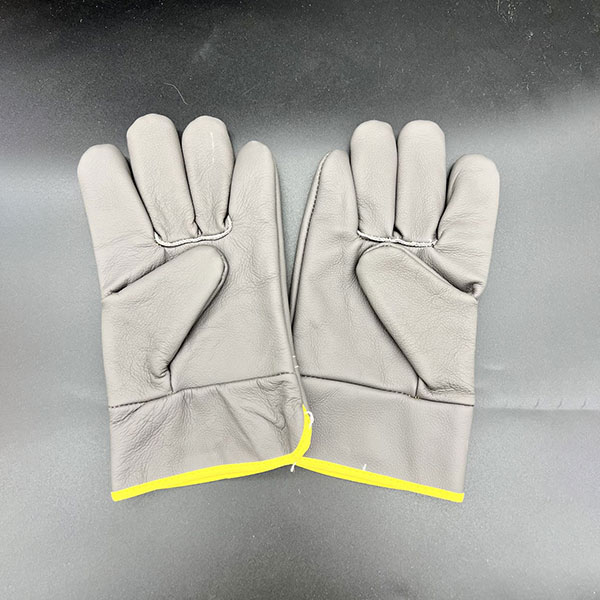
Sterile disposable gloves
## gloves sterile disposable: an indispensable assistant in the world of purity
Sterile disposable gloves are perhaps one of the most common and irreplaceable objects in the medical field, as well as in a number of other areas where strict control over cleanliness and sterility is required. They are a reliable barrier between a person and potential infections, ensuring safety of both medical personnel and patients. But how important is their role and what nuances should be taken into account when using them?
### Selection of Material: Comfort and Security
The gloves are made of various materials, the most common are nitril, latex and vinyl. Each of them has its own advantages and disadvantages. For example, nitrilic gloves have high strength and resistance to punctures, which makes them ideal for working with sharp tools. Latex, although more elastic and comfortable, can cause allergic reactions in some people. Vinyl gloves, being the most budget option, are inferior in strength and elasticity to their analogues. The choice of material depends on the specific working conditions and individual characteristics of a person. It is important to remember the need to test allergic reactions before using latex gloves.
### Rules for putting on and removing: minimizing the risk of infection
Even the highest quality gloves will not provide complete protection if they are incorrectly put on and remove. The imposition procedure should be carried out carefully, avoiding touching the outer surface of the glove with your hands. Removing gloves requires special caution so as not to pollute the hands and environment. There are special techniques that minimize the risk of infection. Education of the correct technique of using sterile gloves is mandatory for everyone who works in conditions requiring sterility.
### outside the operating room: where else do you need sterile gloves?
The scope of sterile disposable gloves is much wider than just an operating room. They are necessary in laboratories, dental offices, cosmetology salons, during various medical procedures outside the hospital environment, as well as in the food industry to ensure a high level of hygiene. In each of these cases, compliance with sterility is a key factor to prevent the spread of infections and security. The choice of the type of gloves depends on the specific requirements of a particular area of application.
AppropriateProducts
Corresponding products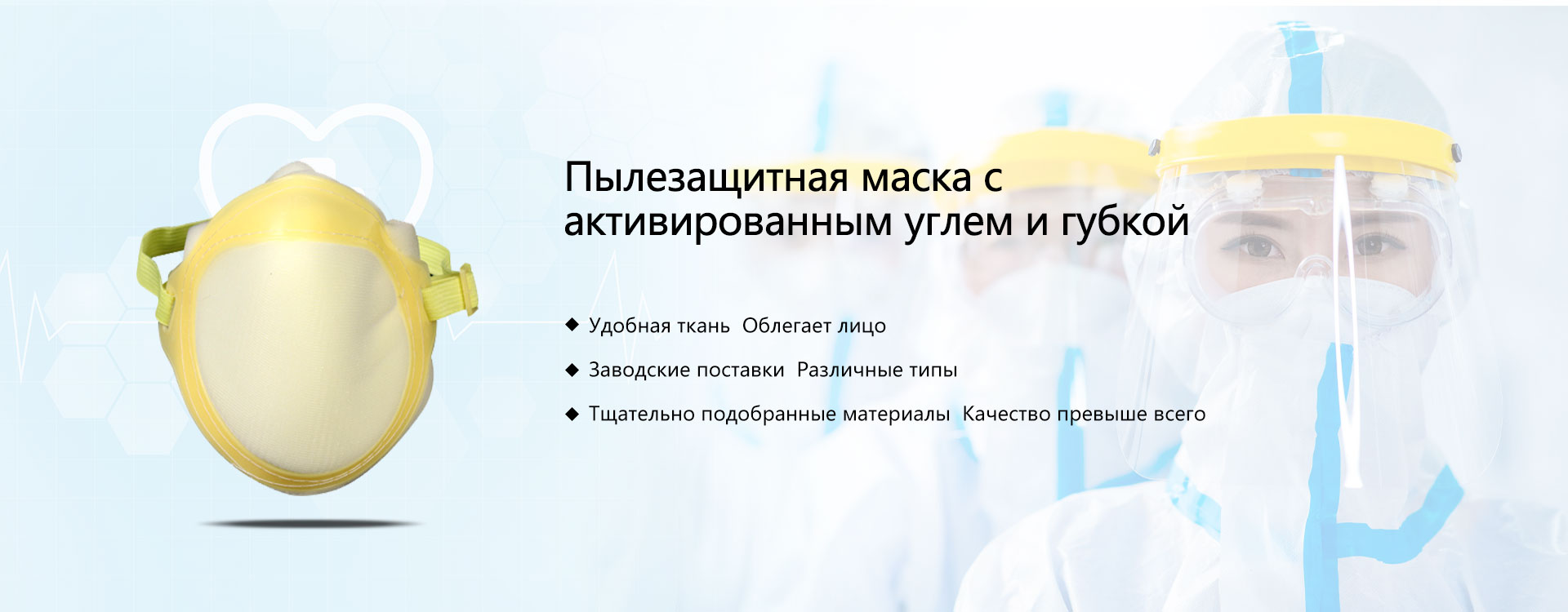
The best soldproducts
The best -selling products-
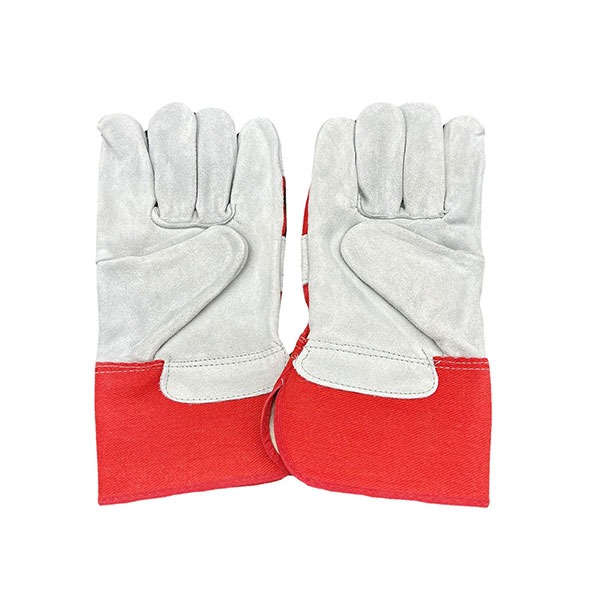 Welding gloves made of oxide leather
Welding gloves made of oxide leather -
 A heat -resistant helmet of aluminum foil
A heat -resistant helmet of aluminum foil -
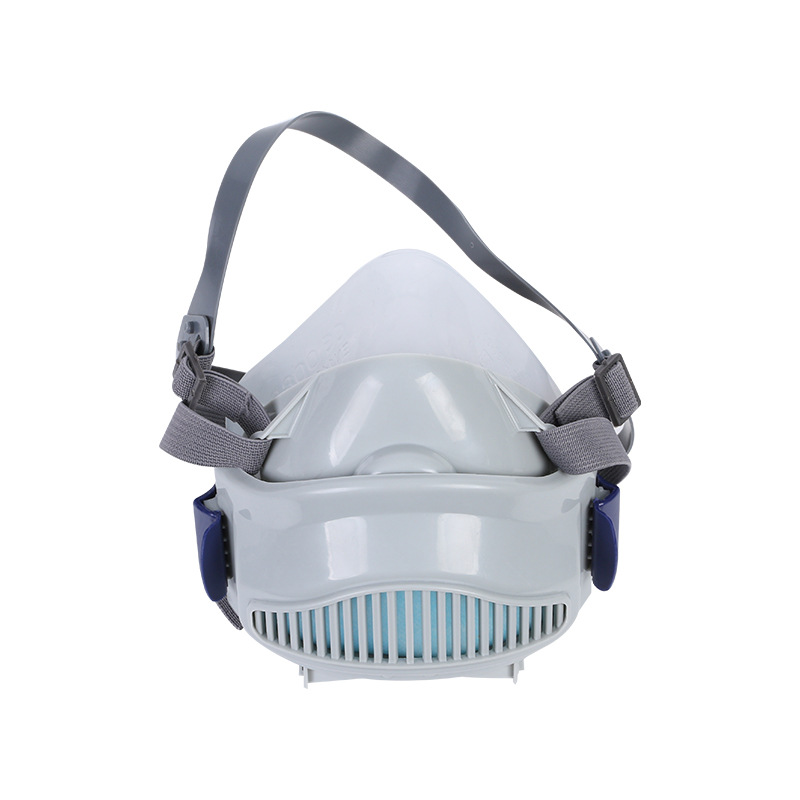 Pure respirator for protection against solid particles
Pure respirator for protection against solid particles -
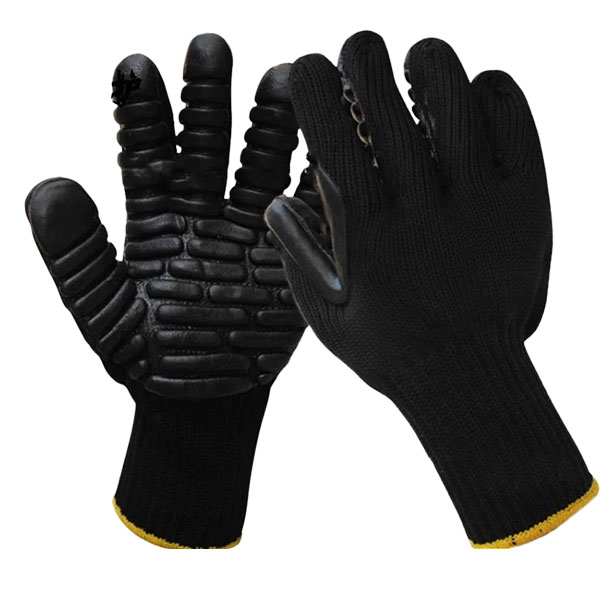 Anti -managed gloves
Anti -managed gloves -
 Gas mask chemical mask from dust for protective coloring
Gas mask chemical mask from dust for protective coloring -
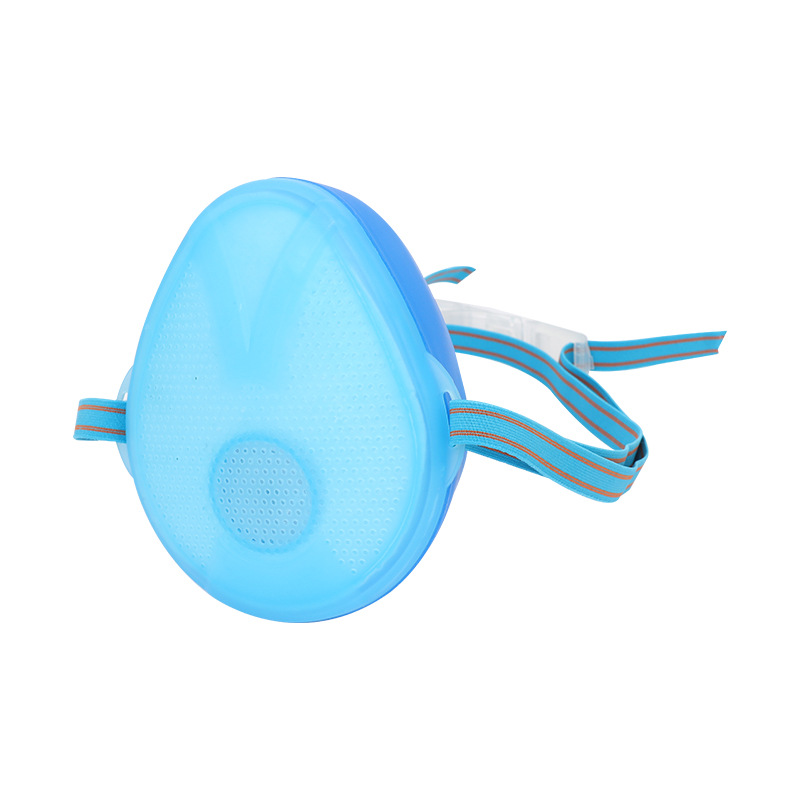 Dust respirator, a summer convenient and breathable mask for protection against solid particles
Dust respirator, a summer convenient and breathable mask for protection against solid particles -
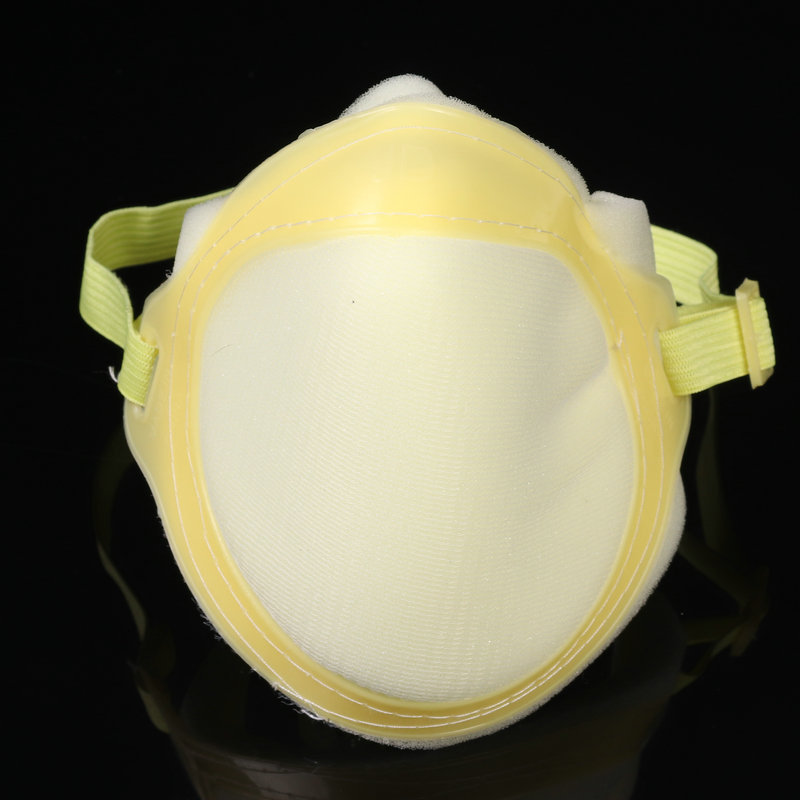 Spongy dustproof respirator with activated coal
Spongy dustproof respirator with activated coal -
 Aramid thermal insulation gloves against aluminum foil burns
Aramid thermal insulation gloves against aluminum foil burns -
 Warm -resistant welding gloves made of oxide leather
Warm -resistant welding gloves made of oxide leather -
 Semi -automatic manual welding helmet
Semi -automatic manual welding helmet -
 Pyatalpal heat -insulating gloves
Pyatalpal heat -insulating gloves -
 Gloves resistant to low temperatures cold storage of antifreeze with liquid nitrogen protection
Gloves resistant to low temperatures cold storage of antifreeze with liquid nitrogen protection
Connectedsearch
Related search- Prices for wholesale gloves
- Prices for clothes made of aluminum foil in China
- The best countries of disposable nitrilum gloves 100pcs in China
- Suppliers of cheap disputes
- Medical disposable non -sterile masks of factories in China
- Producers of coating gloves in China
- Cheap protective equipment factories
- Leading countries of the gas masks in China
- Manufacturers of disposable masks in China
- Factory cheap protective respirators









